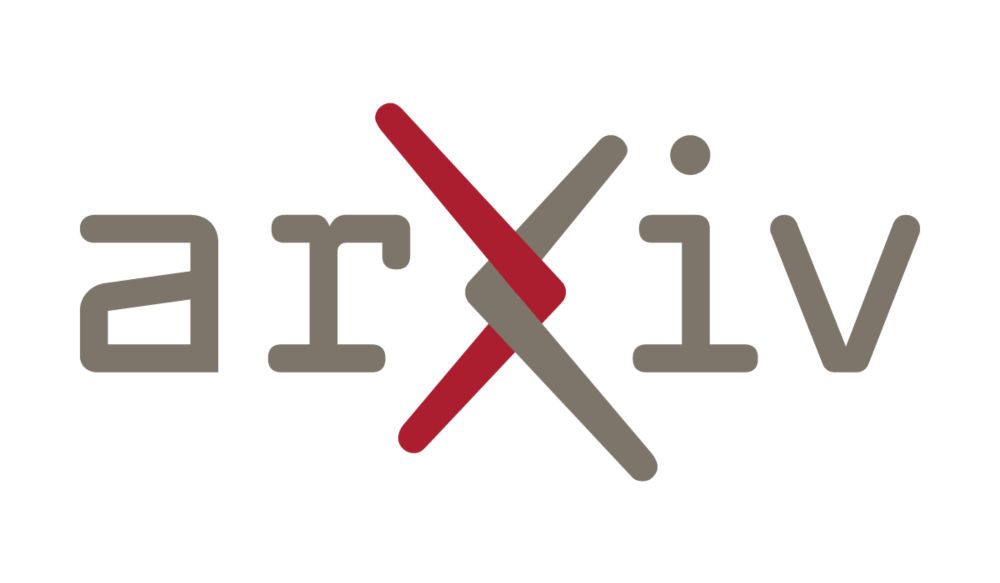The matter with(in) CPL | Published in The Open Journal of Astrophysics
By Leonardo Giani, Rodrigo Von Marttens & 1 more. A new parameterization of the standard model and its implications for the interpretation of cosmological observations.
New Publication at the Open Journal of Astrophysics: "The matter with(in) CPL" by Leonardo Giani (U. Queensland, Australia), Rodrigo Von Marttens (Universidade Federal da Bahia, Brazil) and Oliver Fabio Piattella (Universita degli Studi dell’Insubria, Italy)
doi.org/10.33232/001...
29.07.2025 08:13 — 👍 2 🔁 2 💬 0 📌 0
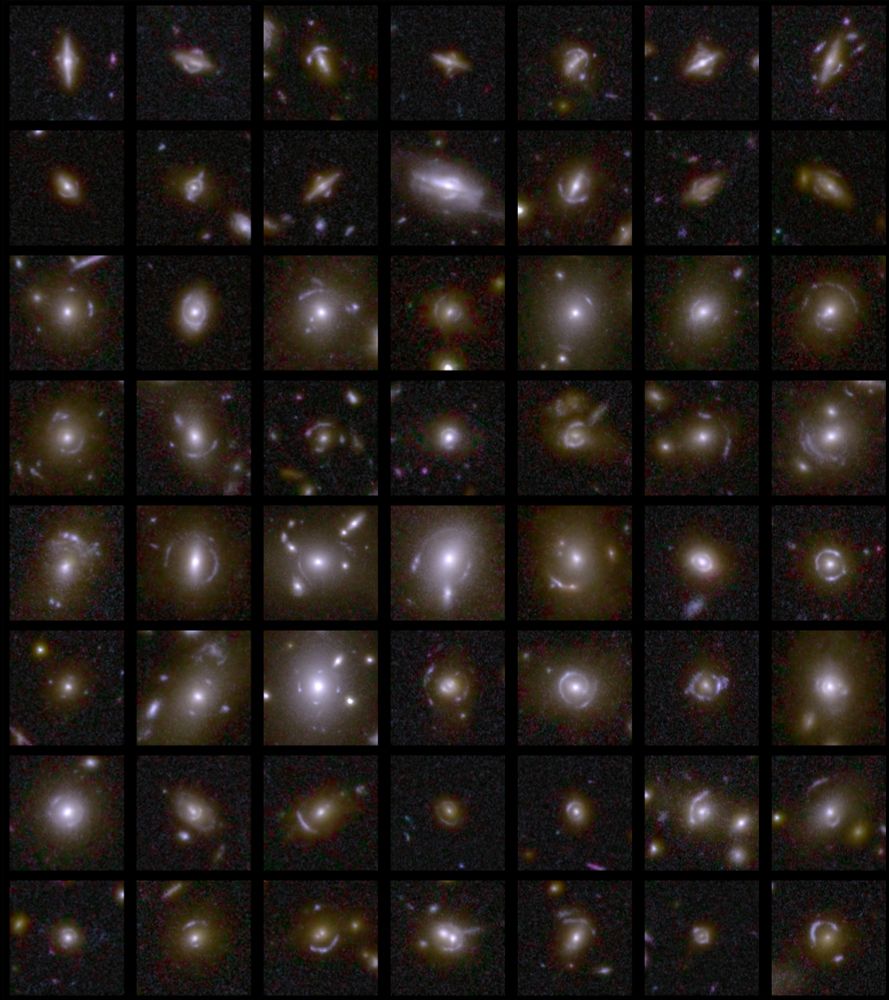
A collage of seven by eight squares containing examples of gravitational lenses. Each example typically comprises a bright centre with smears of stars in an arc or multiple arcs around it as a result of light travelling towards Euclid from distant galaxies being bent and distorted by normal and dark matter in the foreground. In some rare cases the smearing is in a complete ring, creating a so-called Einstein Ring.
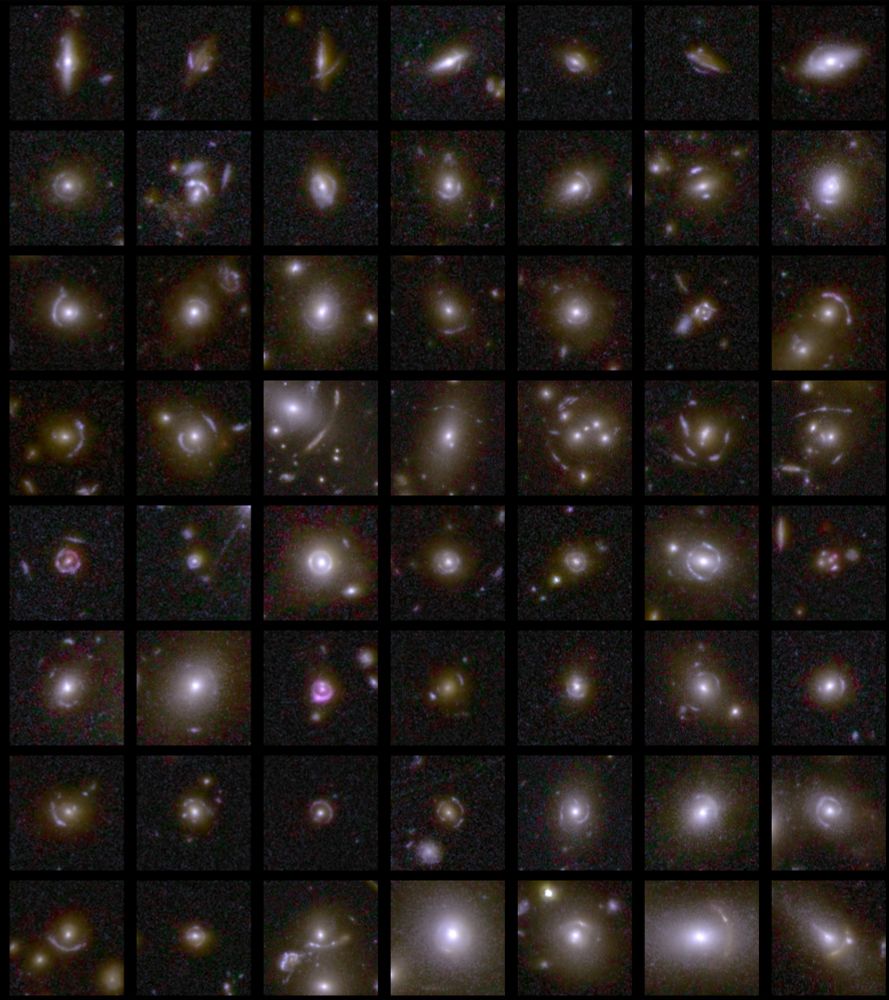
Another collage of seven by eight squares containing examples of gravitational lenses. Each example typically comprises a bright centre with smears of stars in an arc or multiple arcs around it as a result of light travelling towards Euclid from distant galaxies being bent and distorted by normal and dark matter in the foreground. In some rare cases the smearing is in a complete ring, creating a so-called Einstein Ring.
How about some lunchtime lensing? 🥪🔎
A team based at @ox.ac.uk , Portsmouth and @newcastleuni.bsky.social universities combined the power of citizen scientists and AI to sift through the more than one million galaxies seen in Euclid’s latest data, searching for strong gravitational lenses... (1/4)
21.03.2025 11:36 — 👍 27 🔁 5 💬 2 📌 0
Just my luck that as soon as I finish my thesis intro, then DES, DESI, Euclid + more release a seemingly endless list of papers 😅 #cosmolgy
20.03.2025 20:26 — 👍 2 🔁 0 💬 0 📌 0
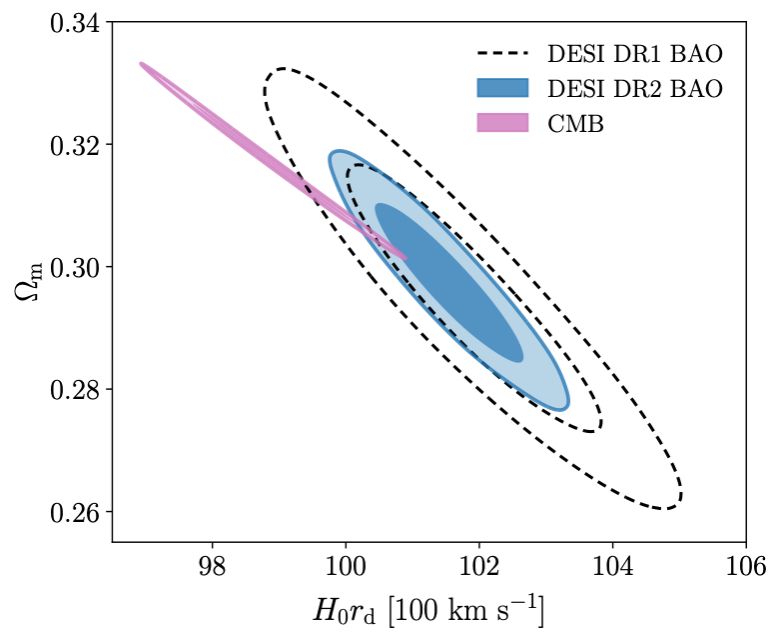
🔊 New BAO analysis from the 3-year observations (DR2). Long story short, as follows.
1. DESI alone is consistent with LCDM. 👉 Boring
2. DESI and Planck have a 2.3 discrepancy in Ωm-H0rd plane. 👉Interesting.
20.03.2025 01:12 — 👍 25 🔁 10 💬 2 📌 1
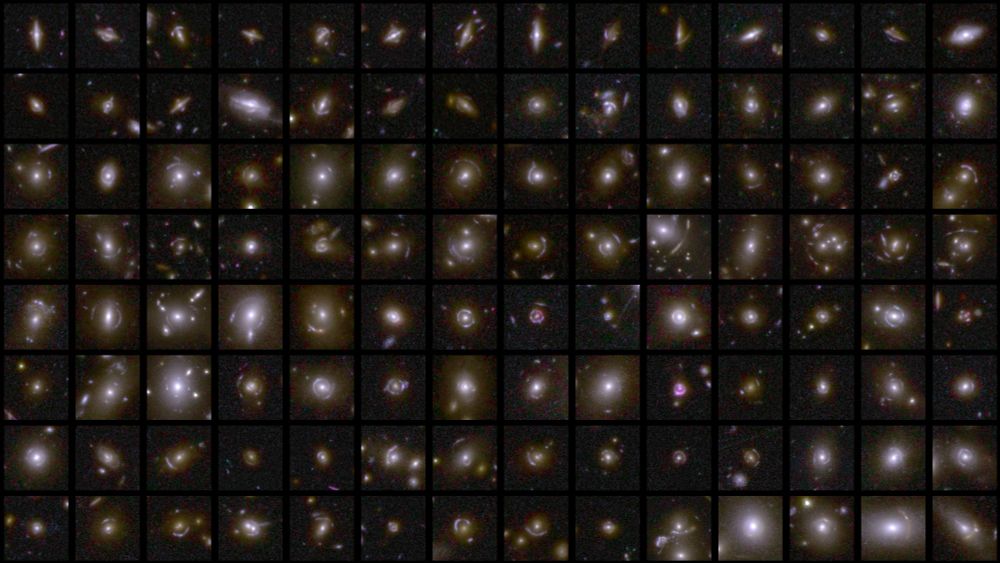
A collage of fourteen by eight squares containing examples of gravitational lenses. Each example typically comprises a bright centre with smears of stars in an arc or multiple arcs around it as a result of light travelling towards Euclid from distant galaxies being bent and distorted by normal and dark matter in the foreground. In some rare cases the smearing is in a complete ring, creating a so-called Einstein Ring.
Using #AI models & #CitizenScience contributions, another first catalogue of 500 galaxy-galaxy strong lens candidates is also released today, almost all of which were previously unknown. 8/
🔭🧪 #astrosci
19.03.2025 11:00 — 👍 33 🔁 3 💬 1 📌 3
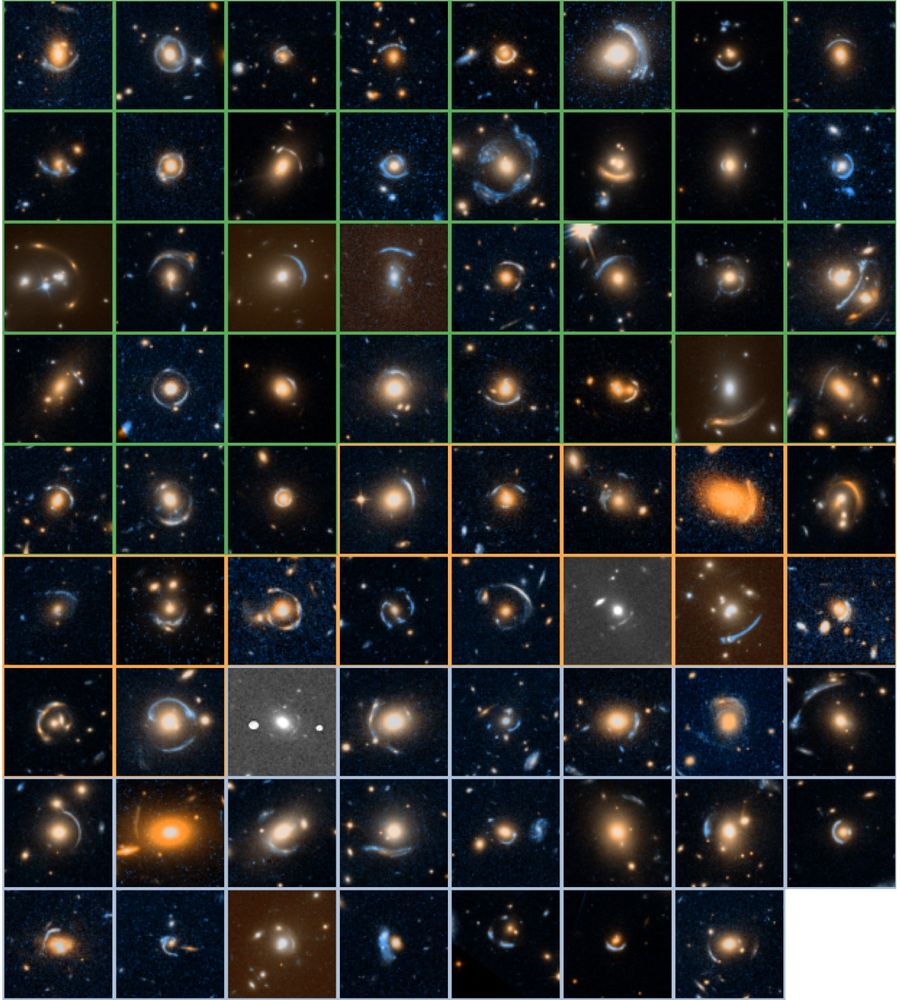
Excellent paper by Tania Barone has this lovely image by PhD student Huimin Qu arxiv.org/abs/2503.08041
12.03.2025 02:35 — 👍 6 🔁 1 💬 0 📌 0
How’s this for a Monday morning? 🤩 A team of #HumansOfEuclid discovered an Einstein ring 💍 in nearby galaxy, NGC 6505. Only possible with the unique capabilities of this wonderful telescope!
10.02.2025 10:01 — 👍 424 🔁 70 💬 8 📌 4
It's stunningly close to a perfect ring as well. A nice little teaser before the Q1 data release next month. Gutted to be writing the thesis while all this data comes in 😅
10.02.2025 09:46 — 👍 4 🔁 1 💬 0 📌 0
Scientist: PhD in mathematics. Working in hyperbolic geometry, analysis in metric spaces and mathematical physics (gravitational waves and general relativity), broad range of other scientific interests.
Here mostly to connect with researchers.
he/him
Fostering a vibrant, inclusive, and global community dedicated to science and society. Join us: http://go.aps.org/2NWWEeY
At KITP on the UC Santa Barbara campus, researchers in theoretical physics and allied fields collaborate on questions at the leading edges of science.
www.kitp.ucsb.edu
Official account of the LIGO Scientific Collaboration. We detect gravitational waves!
Email: questions@ligo.org
Mapping the Universe since 1998. Featuring @milkywaymapper.bsky.social, @blackholemapper.bsky.social, and @localvolumemapper.bsky.social. We'll let you know when we are done.
sdss.org
The DESI Survey will measure the properties of Dark Energy using a survey of 30+ million galaxy redshifts.
A peer-reviewed Diamond Open-Access Astrophysics journal using an arXiv overlay. This community-run service is provided entirely free for authors and readers.
https://astro.theoj.org/
Official Consortium of ESA's Euclid mission on the Universe's dark matter, energy & expansion, 15 European countries + USA + CAN + JAP, 2000+ scientists + engineers. Home: https://euclid-ec.org
European Research Council, set up by the EU, funds top researchers of any nationality, helping them pursue great ideas at the frontiers of knowledge. #HorizonEU
We boost UK prosperity, understand the Universe, and protect our planet and outer space. gov.uk/ukspaceagency.
Cosmographer at Univ. Paris-Saclay | mapping the Universe | co-discoverer of Laniakea (our home supercluster of galaxies), Hoʻoleilana, and some other (very) large scale structures
📖 https://orcid.org/0000-0003-2038-0488
▶️ https://vimeo.com/pomarede
Cosmologist, science communicator, author, speaker, and longtime writer of Starts With A Bang.
Not the next Carl Sagan; the first Ethan Siegel.
Astrophysicist studying how supermassive black holes affect galaxies (s/h). I get overly enthusiastic about space (and cats) on YouTube: http://www.youtube.com/drbecky
Astronomer in Aotearoa/New Zealand at the University of Canterbury.
Pusher of pixels, pens, arrays, and computer keys.
www.johncforbes.com
Astronomer at the University of Canterbury
We're the UK-based 🇬🇧 scientists working on ESA’s Euclid Space Telescope. We're on a mission to map the dark universe! 🔭
🏠 eucliduk.net
Cosmologist & Galactic Archaeologist at
@Sydney_Uni. Proud Silurian, Australian immigrant, & author of books about the strange universe we find ourselves in!





